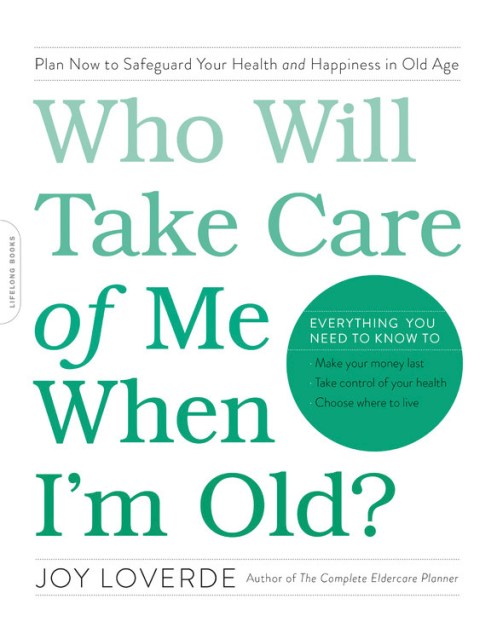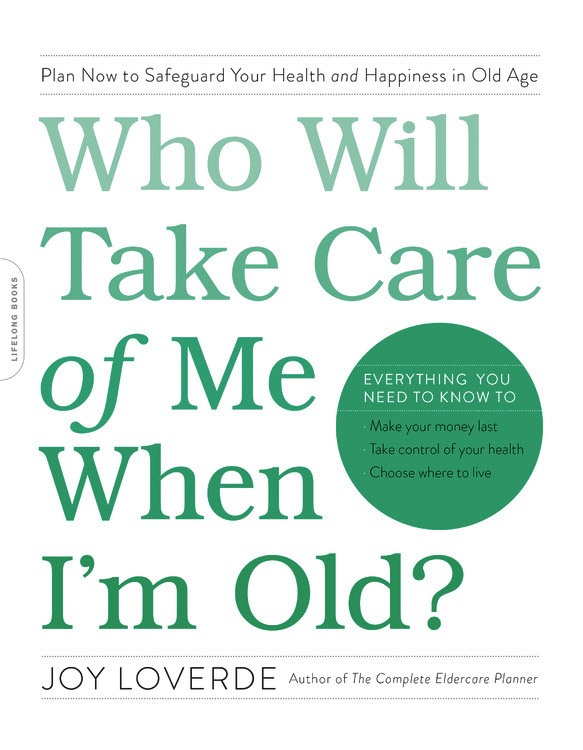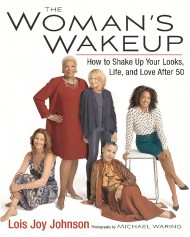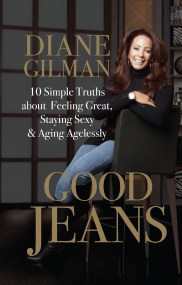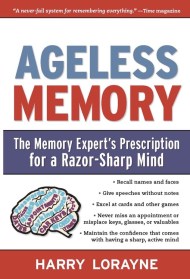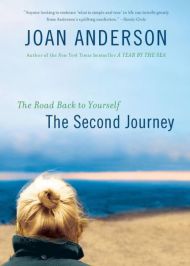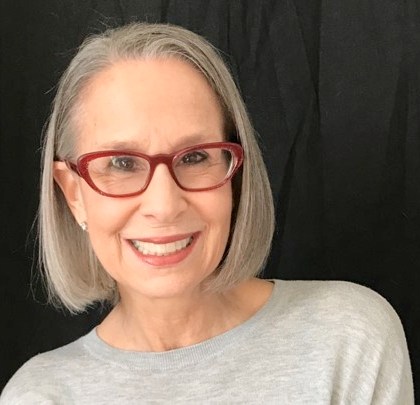Promotion
Use code MOM24 for 20% off site wide + free shipping over $45
Who Will Take Care of Me When I'm Old?
Plan Now to Safeguard Your Health and Happiness in Old Age
Contributors
By Joy Loverde
Formats and Prices
Price
$19.99Price
$25.99 CADFormat
Format:
- Trade Paperback $19.99 $25.99 CAD
- ebook $11.99 $16.99 CAD
- Audiobook Download (Unabridged)
This item is a preorder. Your payment method will be charged immediately, and the product is expected to ship on or around October 24, 2017. This date is subject to change due to shipping delays beyond our control.
Also available from:
For those who have no support system in place, the thought of aging without help can be a frightening, isolating prospect. Whether you have friends and family ready and able to help you or not, growing old does not have to be an inevitable decline into helplessness. It is possible to maintain a good quality of life in your later years, but having a plan is essential. Who Will Take Care of Me When I’m Old? equips readers with everything they need to prepare on their own:
- Advice on the tough medical, financial, and housing decisions to come
- Real solutions to create a support network
- Questions about aging solo readers don’t know to ask
- Customizable worksheets and checklists that help keep plans on course
- Guidance on new products, services, technology, and resources
Who Will Take Care of Me When I’m Old? goes way beyond estate planning to help readers prepare for all the changes in store. Readers are empowered to make proactive plans for their own lives rather than entrusting decisions to family and community.
Genre:
-
"Right on trend. Finally a friendly how-to that brings information and comfort."
--- Faith Popcorn, CEO Faith Popcorn's BrainReserve -
"The aging book of the next decade; the 'go-to' book that should be read as a rite of passage into positive aging."
--- Richard Leider, International bestselling author of The Power of Purpose, Repacking Your Bags, & Life Reimagined
-
"Clear, practical, relevant, vital ... this book engages readers to create their own customizable plan for aging. An exceptionally worthwhile read."
--- Bob Blancato, Chairman, American Society on Aging
-
"What's the best predictor of a good old age? Not health, not wealth, but a robust social network. Joy Loverde has written an invaluable guide to laying the groundwork for the future you want-the sooner the better."
--- Ashton Applewhite, author of This Chair Rocks: A Manifesto Against Ageism
-
"...thoughtfully discusses a wide range of crucial life issues with deep understanding, complete candor, and inspired guidance for all."
--- David Schless, President, Americans Seniors Housing Association, Washington, DC
-
"This book effectively challenges the notion that aging means disability - and with that, stigma of being old."
--- Dilip V. Jeste, M.D., Director of the Sam and Rose Stein Institute for Research on Aging, University of California, San Diego
-
"Loverde compellingly shows us that, if we overcome the strong tendency to engage in denial and choose to plan carefully, we can age with a physical, emotional and spiritual safety net of supportive relationships, along with a strong potential for growth and fulfillment."
--- Ron Pevny, M.A., Director of the Center for Conscious Eldering and author of Conscious Living, Conscious Aging
-
"This book will be the guidepost for all individuals living and growing older, no matter the status or circumstance. I will highly recommend it to my Elder Orphan Facebook group."
--- Carol Marak, Emerging Aging Alone Expert, Syndicated Columnist, and Chief Public Relations Office at Seniorcare.com
-
"A must-have companion. Combines the critical elements, questions, and tools to make contemplation of and planning for this undesired life stage."
--- Jackie Pinkowitz, Board Chair, Dementia Action Alliance
-
"Joy reminds us that, by taking proactive steps as we age, we can lay the foundation for an independent, fulfilling, and happy life, and continue to be in control of our circumstances."
--- Wendi Burkhardt, CEO and Co-Founder of Silvernest, Inc.
-
"Highly recommended for anyone over 60 and their loved ones."Library Journal, starred review
-
"There's a lot of help inside Who Will Take Care of Me When I'm Old?...Author Joy Loverde encourages readers to do a lot of prep-work, including a good amount of self-examination...extremely helpful."Bookworm Sez, nationally syndicated review column
-
"An empowering resource for people seeking to maintain functioning at the lowest possible level of care."McKnight's
-
"Loverde's book should be recommended reading for every single person, whether they are concerned about growing older (and you should be concerned) or not. Who Will Take Care of Me When I'm Old? is loaded with practical advice, resources, and action-oriented tasks."Portland Book Review
- On Sale
- Oct 24, 2017
- Page Count
- 336 pages
- Publisher
- Da Capo Lifelong Books
- ISBN-13
- 9780738219639
Newsletter Signup
By clicking ‘Sign Up,’ I acknowledge that I have read and agree to Hachette Book Group’s Privacy Policy and Terms of Use
